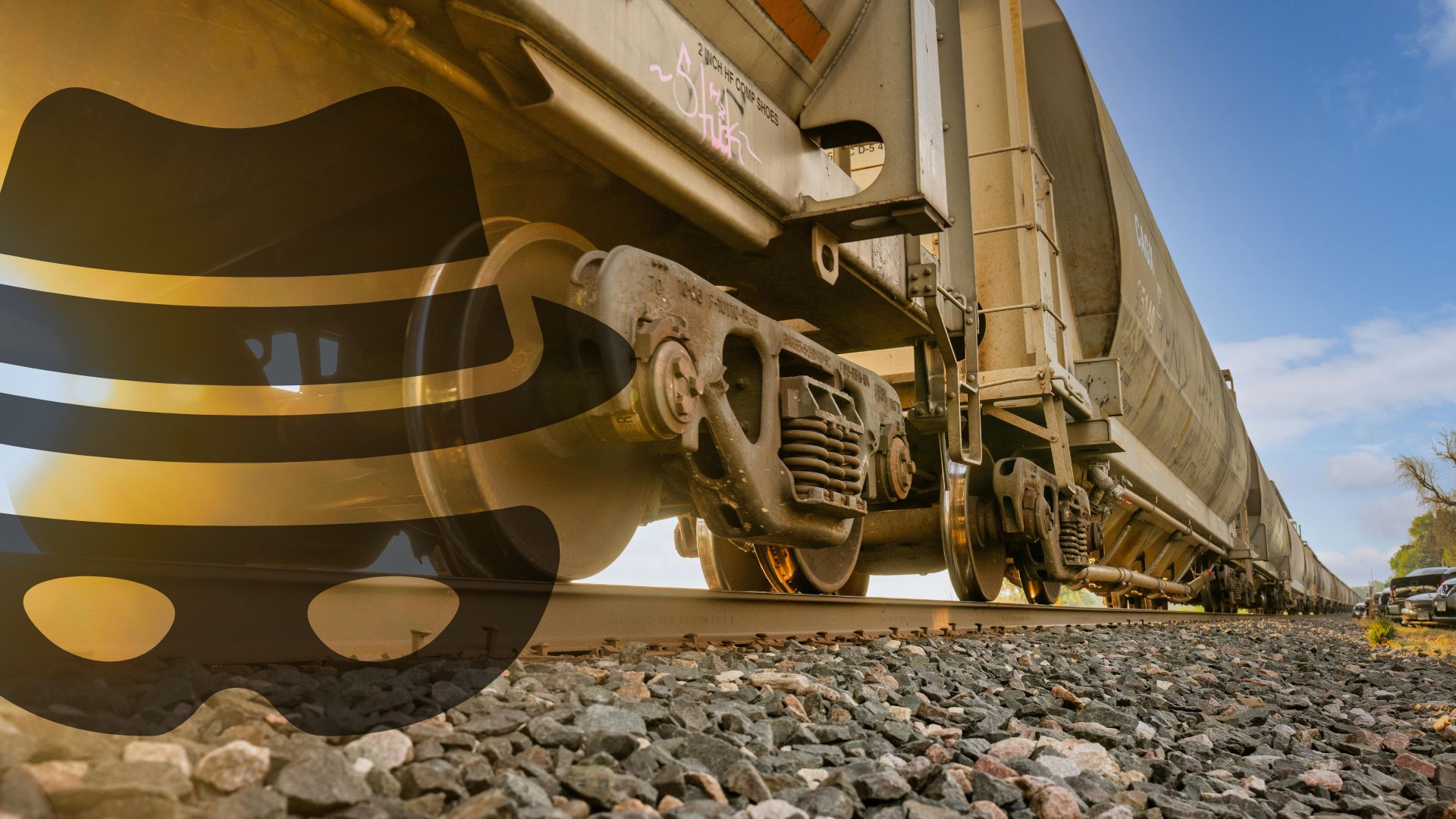The Escalating Battle Against Cargo Theft in the U.S.
Cargo theft is surging across the United States, posing a significant threat to supply chains, logistics companies, insurers, and consumers alike. Driven by organized crime and opportunistic criminals, this issue is causing losses of up to $35 billion annually. With the frequency and sophistication of thefts on the rise, experts project a steep 22% increase in incidents this year, underscoring the urgent need for stakeholders to address the problem collectively.
The Rising Threat of Cargo Theft
Cargo theft in the U.S. is reaching alarming heights. After a 49% spike in theft incidents last year, authorities predict over 2,700 cases in 2025, up from 2,217 in 2024. These thefts primarily target trucks, rail shipments, warehouses, and even storage facilities. California remains the leading hotspot, accounting for 32% of all cargo thefts, with Texas, Tennessee, and Pennsylvania also reporting sharp increases.
Criminals are no longer confined to stealing goods in transit. They are following freight deeper into supply chains, capitalizing on vulnerabilities during distribution and storage. Their tactics are evolving—from the physical hijacking of trucks and rail containers to cyber fraud, identity theft, and pilferage. This evolution signals a clear trend of diversification and growing professionalism within organized crime networks.
Methods of Theft Evolve with Technology
Cargo theft in 2025 isn’t just about physically stealing goods. Criminal groups are adopting clever strategies such as fraudulent pickups, double brokering, and cyberattacks. For instance, cybercriminals use phishing scams to gain access to sensitive shipping data, enabling them to impersonate legitimate carriers. These advanced methods make it increasingly difficult for logistics companies to detect and prevent theft before it occurs.
Pilferage, or the small-scale theft of items from larger shipments, has also emerged as a widespread issue. Approximately 50% of thefts now involve criminals selectively removing valuable items from containers rather than stealing them outright. This subtle form of theft often goes unnoticed until it’s too late.
Another concerning trend is the rise in rail theft. Last year alone, train-related thefts inflicted more than $100 million in losses on the six largest freight railroads in the US. These incidents highlight vulnerabilities in intermodal transportation and emphasize the need for targeted solutions.
Impact on Insurers and Logistics Companies
The repercussions of cargo theft ripple across the logistics and insurance industries, with insurers facing higher claims and businesses incurring mounting operational costs. Ninety percent of shippers used insurance in 2024 to reduce risk, but the increasing value and frequency of theft are reshaping insurance premiums and policies.
Mondays and Fridays now add another dimension to this challenge. With theft rates spiking at the start and end of the workweek, logistics companies are being forced to re-evaluate their schedules and operational strategies to mitigate risks.
For logistics companies, the financial burden of stolen goods and disrupted supply chains is staggering. Small businesses, in particular, are highly vulnerable. The interception of critical shipments can lead to inventory shortages, delayed deliveries, and reputational damage. For instance, one company lost a truckload of energy drinks valued in the six figures after criminals impersonated their logistics provider. Such incidents strain bottom lines while eroding consumer trust.
Why Hotspots Are Vulnerable
While cargo theft hotspots like California and Texas dominate annual statistics, new regions are emerging as criminal activity spreads. Pennsylvania, for example, saw its share of national thefts jump from 1% in 2023 to 8% in 2024. This shift suggests that organized criminal networks are broadening their geographic range in response to improved defenses at traditional hotspots.
Urban centers like Los Angeles, Memphis, and Dallas continue to attract incidents due to their dense freight activity. However, thieves are also targeting rural routes and smaller distribution hubs, where law enforcement and private security resources are often limited.
Technology and Strategy as Protective Measures
While legislative efforts progress, companies can take immediate steps to protect their shipments. Advanced tracking technologies, such as GPS monitoring and geofencing, have become critical tools for real-time oversight. High-security locks, seals, and landing gear locks offer another layer of physical deterrence.
Public-private partnerships are becoming increasingly valuable. Sharing theft data and best practices among carriers, insurers, and law enforcement has proven to curb theft rates in targeted sectors. These alliances enable quicker recovery of stolen goods and help disrupt organized crime operations.
Actionable Insights for Stakeholders
Reducing cargo theft requires proactive measures across the board. Logistics companies must invest in employee training to recognize fraud risks and implement rigorous vetting procedures for drivers and carriers. Shippers should prioritize secure pick-up protocols, including verifying identities and using secure pick-up numbers.
Insurers, on the other hand, can incentivize better security practices by offering discounted premiums to companies with advanced tracking systems and comprehensive theft policies in place. Public entities, including federal and state law enforcement, need to standardize reporting and improve coordination to identify and prosecute offenders effectively.
Addressing cargo theft is no longer a task confined to individual players. It demands an integrated approach where industries, insurers, and governments work collaboratively towards a solution. With incidents expected to rise, taking action today is critical to protect tomorrow’s supply chains.

